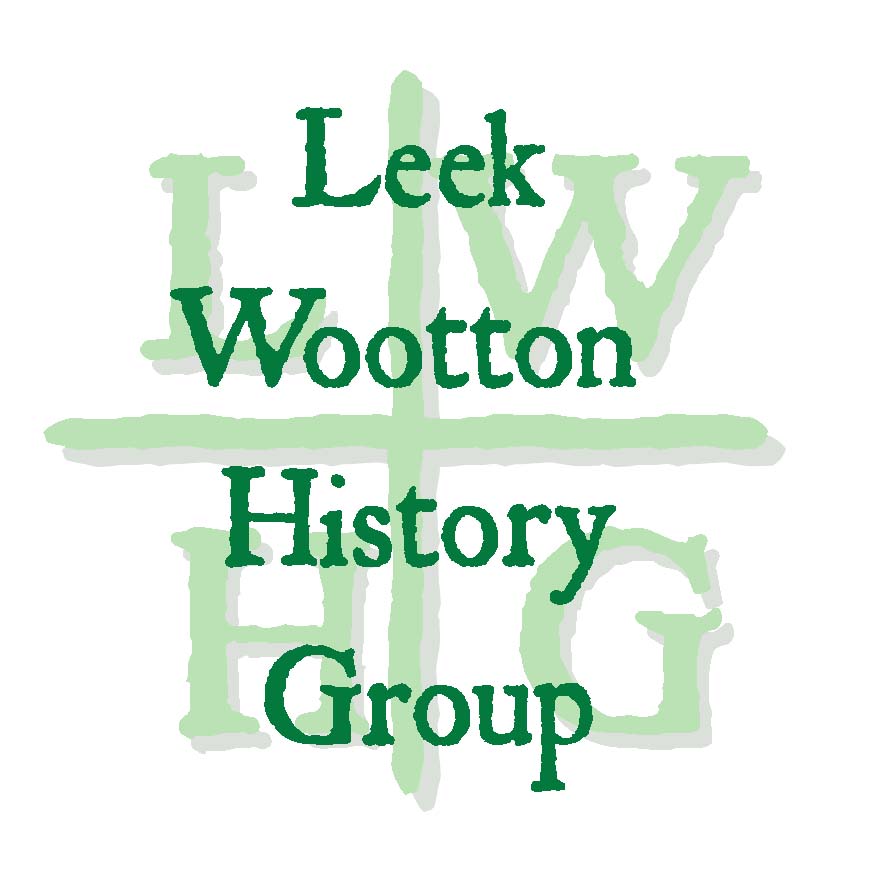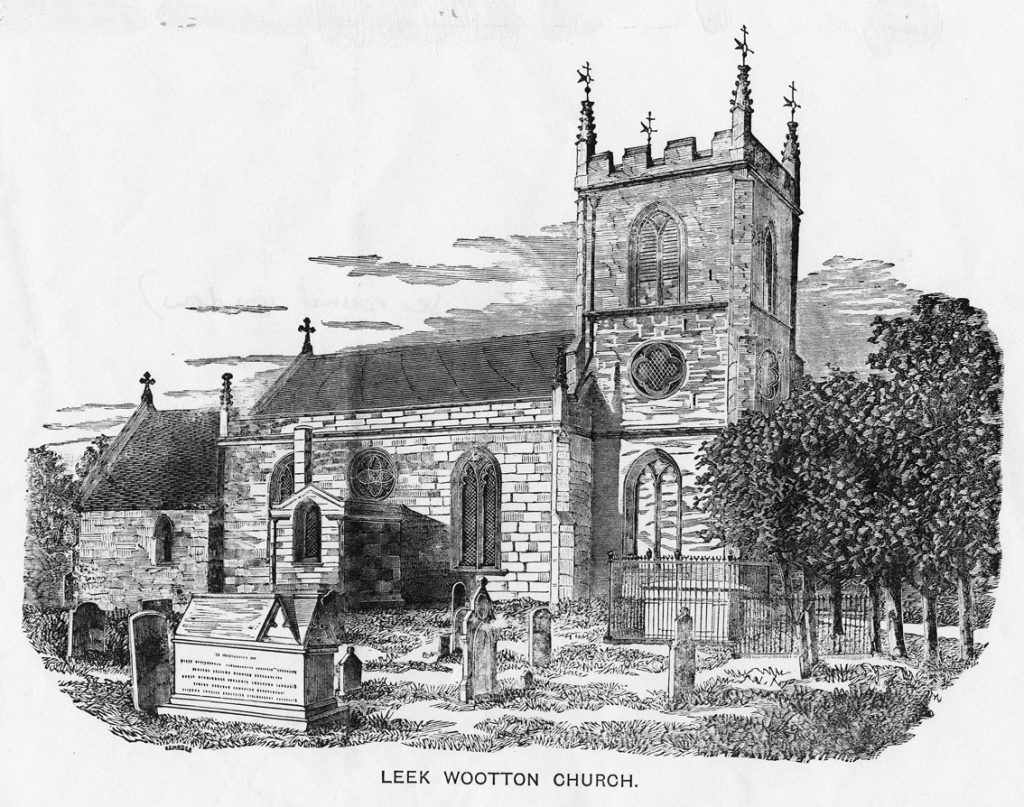 | Researching and archiving the history of Leek Wootton & Guy’s Cliffe Civil Parish Contact : historygroup@leekwoottonandguyscliffe.org.uk |
A church has stood on or near the present site certainly since the year 1122 and probably longer, possibly preceded by a pagan temple. Little is known of the old Saxon/Norman church as it was pulled down in 1789, and all that now remains are some parts of the tower, a 12th Century tapered circular font, some mediaeval tiles and a 14th Century bell.
Leek Wootton was anciently the mother church of Leamington, Ashow, Lillington, Milverton and Cubbington. In the reign of King Henry I (1068-1135) the living at Leek Wootton was granted to his Chamberlain, Geoffrey De Clinton, as part of the Manor of Kenilworth. He gave the church of Leek Wootton to the Augustinian Priory at Kenilworth. In 1291 the living was valued at £5 6s 8d and it remained the benefice of the Abbey of Kenilworth until the Dissolution of the Monasteries in the reign of King Henry VIII when the church and land was seized by the Crown.

The present church was built in 1790 on the same site as the earlier church and was designed by Hiorne of Birmingham. Since the building was completed scarcely a decade has passed without some sort of extension or improvement being made. Fund raising committees and individual benefactors have knocked things down, re-built it and embellished it almost constantly over the past two hundred years.
In 1864 the church roof was raised and the organ was placed on the west gallery. 1889-1890 was a time for further major alterations. The architect responsible was W D Caroe (1857-1938) who undertook a great deal of church work in his role as Architect to the Ecclesiastical Commissioners. The alterations were: The nave was lengthened eastwards by the addition of one bay to allow for sixty extra seats, the chancel was removed and re-erected as the present vestry, with the Nicholas Chamberlaine east window, and a new chancel built with woodblock floor and patterned tiles (as today); The old box pews were removed and replaced by the present teak pews; The gallery was removed and the organ placed in the chancel; It is thought that some further form of heating was installed at this time. The Churchwarden of the day, John Nicks, wrote some letters complaining of the existing heating being very inadequate; and it would appear that the plaster was taken from the walls of the nave at this time. Remnants of this can still be seen.
In 1999 further major alterations were made inside the building. To commemorate the Millennium the rear of the church and base of the tower were substantially altered to create a kitchen, toilet and gallery above, with a room for meetings.
The Bells & Clock
The church tower contains five bells. The tenor was in the original belfry of the earlier church, and is of particular historical significance. It is the work of Johannes de Stafford, who lived in the 14th Century. The other bells originate from 1792. These bells were restored in memory of The Honourable Rupert Leigh in 1921, and in 1966 the bells were re-hung on bearings.
Will and Worton of Birmingham made the original clock mechanism which, together with the iron ringing gear, was installed in 1792. This is all still in situ together with an original clock face, now redundant, on the south side of the tower. Smiths of Derby installed an electric clock movement with electronic hourly striking device in 1968.
Extracted from Leek Wootton and its Hamlets
For more information about the bells, click below for:
2014 Bell Restoration Appeal Booklet
(NOTE: This booklet is for information ONLY; the appeal is now closed)